There have been countless complaints swirling about VALORANT’s latest patch, 7.04, a massive update that seemed to come out of nowhere for even the most dedicated players.
Some of the new updates to our favorite agents are confusing, and understanding why these puzzling changes have been made continues to baffle the player base. One crucial element of the 7.04 patch notes many may have missed in a frenzy to scroll to their favorite agent’s changes is the developer’s reasoning.
“While Patch 7.04 includes changes to over half of the roster, the changes are sharply focused on increasing game state clarity,” the notes read.
Though the Riot developers have always been adamant VALORANT is an FPS game first and requires tactical gunplay, the recent influx of new agents with new abilities has made the game more cluttered. From purely a standpoint of wanting to reduce this clutter, it makes sense to implement changes like this. But if this is the goal, maybe Riot should be releasing agents with less AOE and external utility in the first place.
Before this patch, the game was in one of the healthiest states I’ve ever seen VALORANT in, and I worry these changes are going to revert the state of agent balancing back to an awful spot. I also worry about the future of protecting game state clarity if Riot plans to continue releasing agents at the pace that has been set over the last three years.
There are only so many utility types that can be integrated, and with more agents the game will inevitably be more confusing.
The state of the game
Before patch 7.04, VALORANT was in one of the most balanced states the game has seen in its three years. Every agent on the roster was viable and getting playtime, even in the pro scene, where a strong meta usually dictates agents that are clearly in or out.
At VCT Champions 2023, every single agent besides Deadlock, the game’s newest, was played at least once. This is a stark contrast from tournaments in earlier years where mirror compositions were the norm, and a rare spotting of a duelist other than Jett or Raze was headline news.
Part of the frustration with this patch lies in the fact the game seemingly had no problems with the balance of its agents. Aside from a few outliers like the aforementioned Deadlock—who, in all honesty, might have been too new for players to integrate anyway—and Harbor, who has long been stuck at the bottom of tier lists, every agent had their place. Even Jett, the longstanding queen of VALORANT, didn’t particularly need nerfs.
Yet clearly, in order to improve “game state clarity,” many agents needed changes.
What is “game state clarity?”
Game state clarity refers to your ability to understand and interpret what is happening around you while you’re in a game of VALORANT. An example of a clear game state is a one-vs-one on a specified angle between two agents with minimal or no utility left. In this scenario, you know where your enemy is, and what utility they have at their disposal, and can make an informed decision about what to do next with this information.
An example of a cluttered game state would be a scenario where all players are left alive, and one team uses a Harbor wall, Viper wall, Jett smokes, Fade eye, and Raze grenade all at once to take the site. On the other side, a Brimstone has smoked an entry point, Viper has deployed her ultimate, and a Chamber has set a trap down on the site, while their Omen goes on a flank and prepares to deploy a Paranoia flash.
In this situation, the site itself is cluttered with a vast array of utility at once, and as an individual player rotating onto the site, you will have no idea what is happening right away.
Many VALORANT players liken these sorts of scenarios to Overwatch, because the barrage of utility makes it very difficult to have a proper gunfight.
Where VALORANT Patch 7.04 comes in
The goal of Patch 7.04 is to minimize the amount of cluttered situations players face in a game. Therefore, abilities that are deployed externally onto a site are the main ones receiving nerfs. Other changes aim to slow down the tempo of the game as a whole, which is likely why Jett has been hit with the nerf hammer again.
The first pieces of utility nerfed in this patch were all of the large AOE ultimates. That means Killjoy’s Lockdown, Viper’s Pit, Brimstone’s Orbital Strike, and Breach’s Rolling Thunder have all been nerfed via an additional ultimate point needed before they can be cast.
However, when we take into consideration the actual effects these ultimates have, they certainly aren’t the first abilities one would suspect as targets for a nerf. The first ults we would put up on the chopping board would be Fade’s Nightfall and Neon’s Overdrive, but neither were touched. It also seems strange an ultimate like Nightfall, also an AOE ultimate, isn’t considered to interfere with game state clarity.
Lockdown, Orbital Strike, and Rolling Thunder are all fairly easy ultimates to counter. Viper’s Pit is another story, but the former three abilities serve more as delay or deterrence tactics rather than abilities meant to get kills.
In addition, a recent UI change actually made it so players are already more aware when AOE abilities will stun, damage, or blind them. Now, it seems the devs may have taken this notion too far.
Other external utility like Skye’s Trailblazer and Seekers have also received health nerfs so they are easier to kill, resulting in less likelihood that an opponent will be afflicted by a status change like a blind or stun.
Yet not all of the changes in 7.04 are straight nerfs. One particularly interesting change is a buff to Astra’s wall, where the sound has now been cut off completely instead of just muffled. Though this may seem like a puzzling change at first, it actually does fall in line with increasing clarity. Instead of being confused by more sound as you approach the barrier, this change “eliminates uncertainty,” according to the patch notes.
This patch might be a step in the right direction for players who don’t want to see VALORANT become Overwatch 2.0, but in the long term, Riot will have to make more widespread changes to not only existing but also future agents if game state clarity is their true goal.
In the end, part of what makes being good at VALORANT so impressive is being able to read and deduce a cluttered situation in the first place.


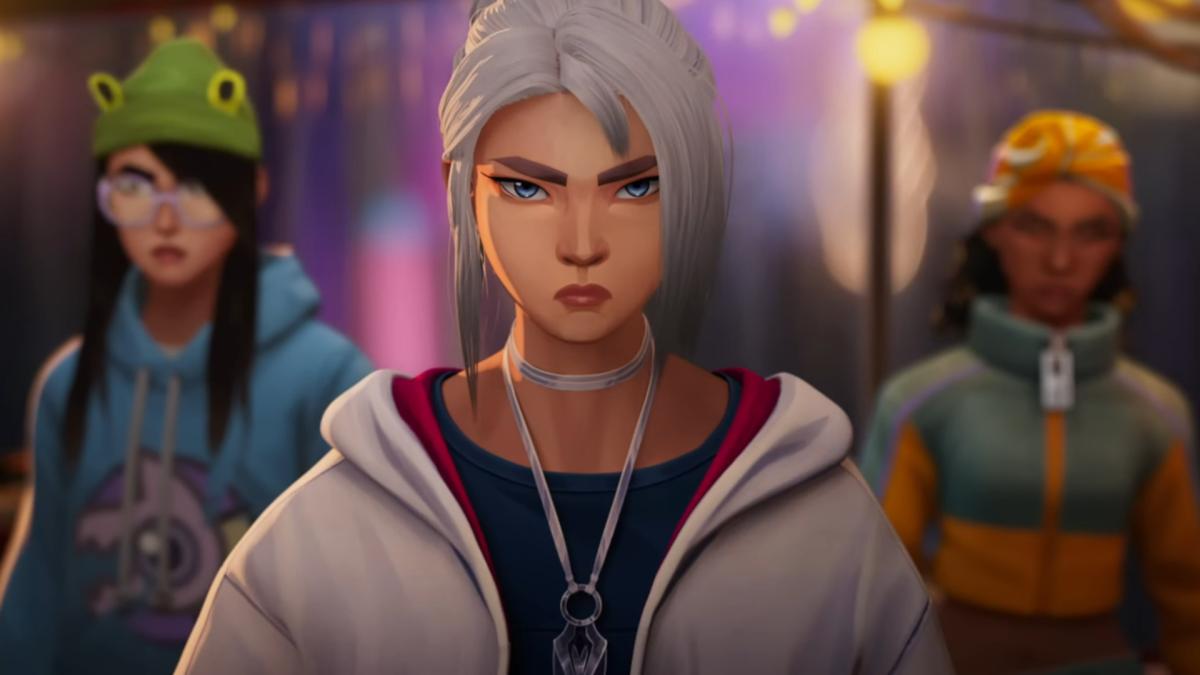
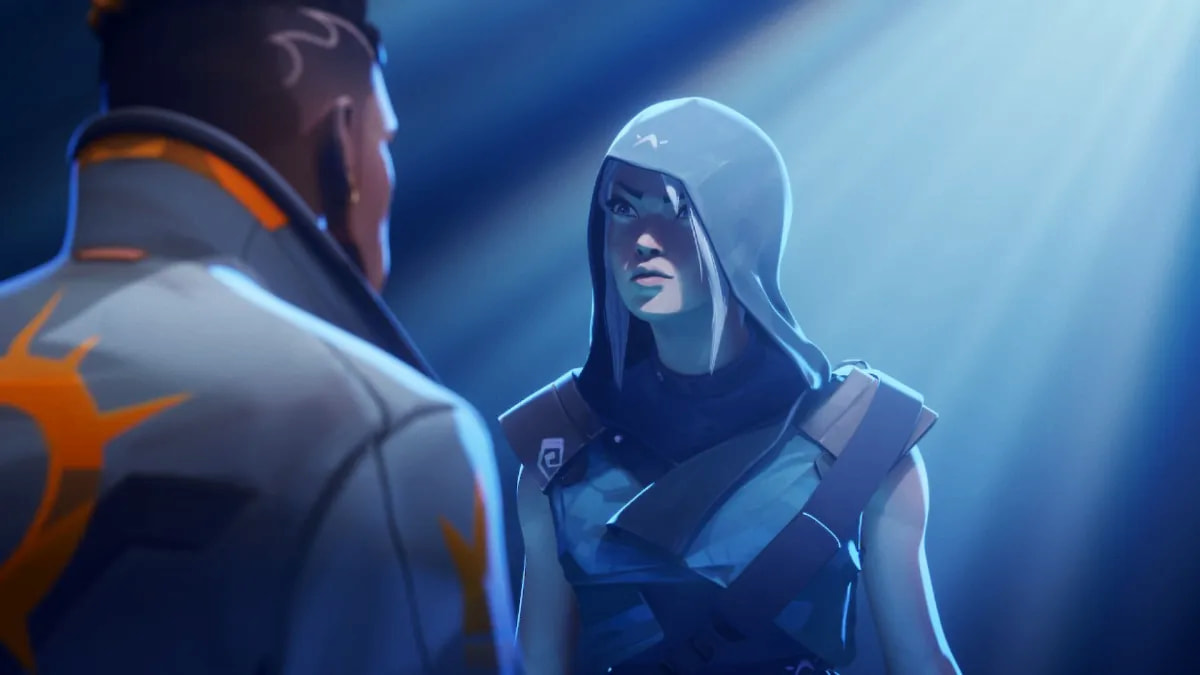
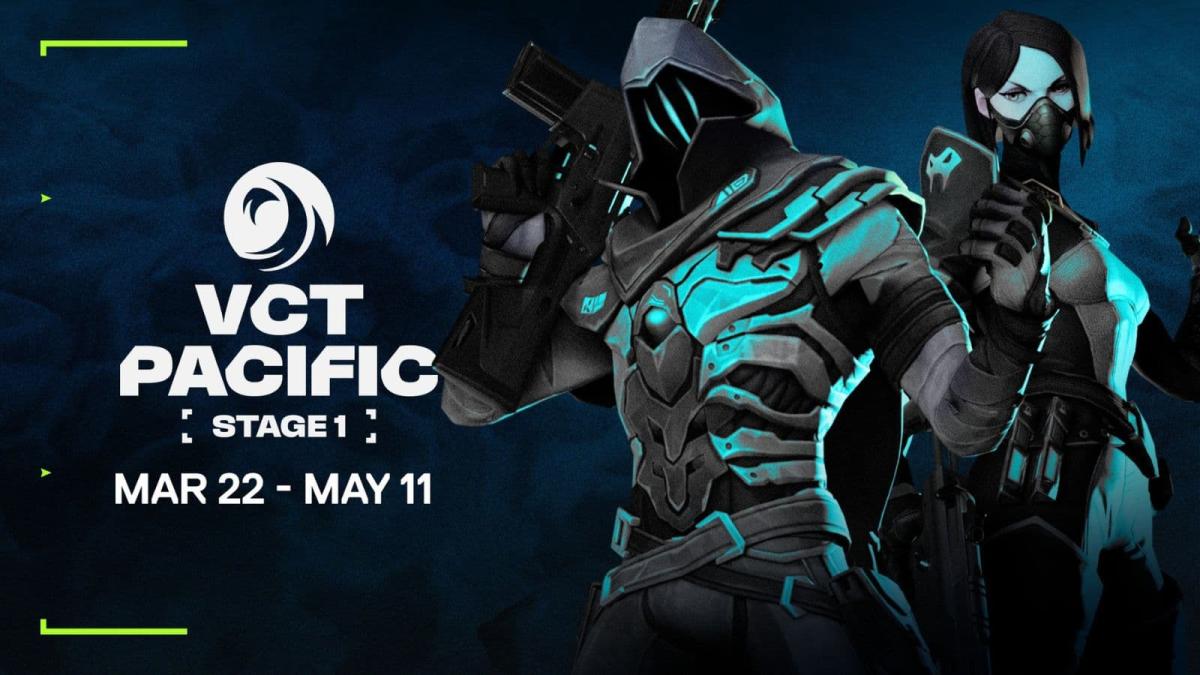
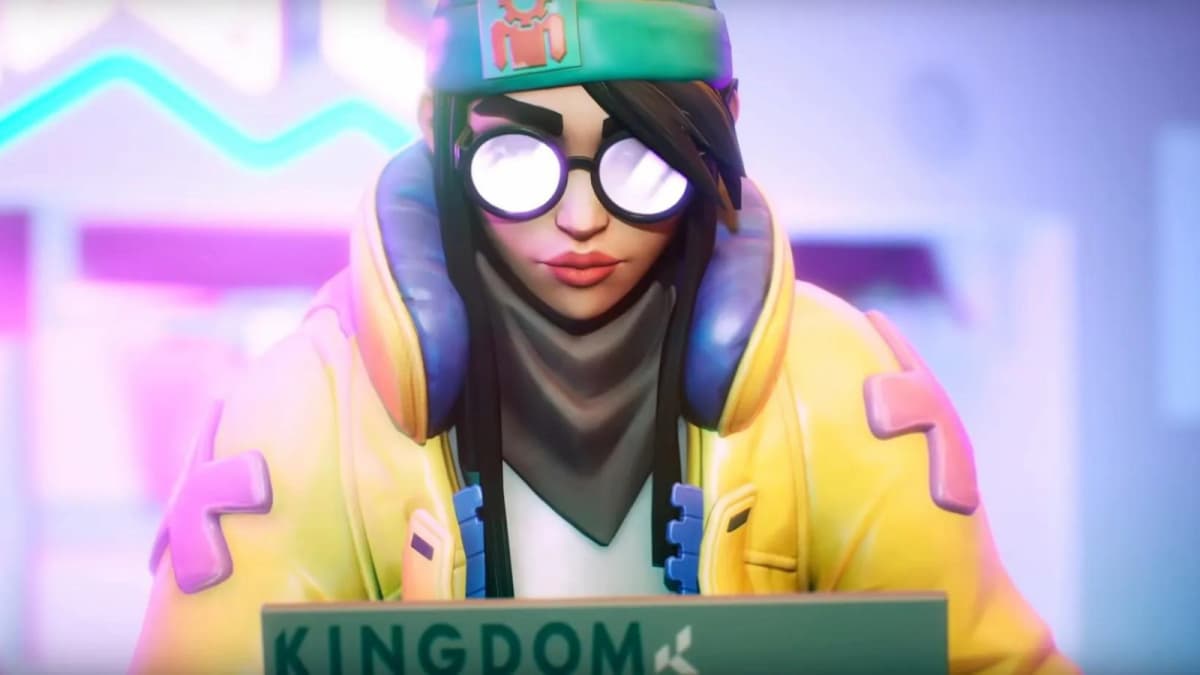
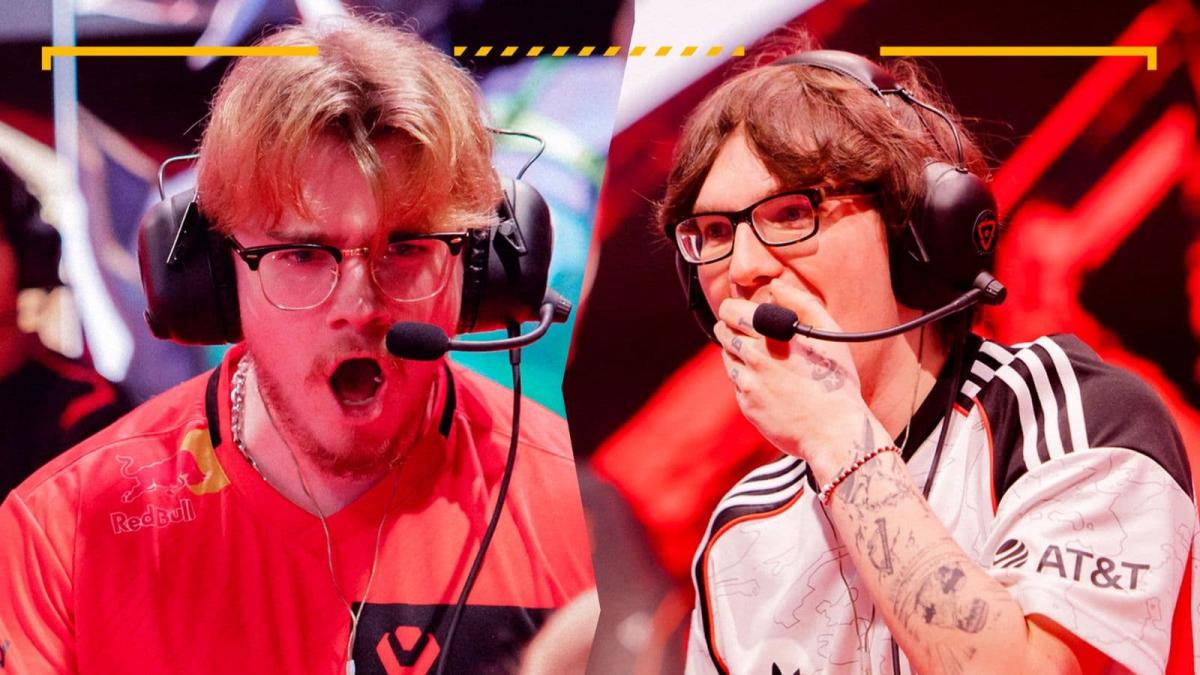
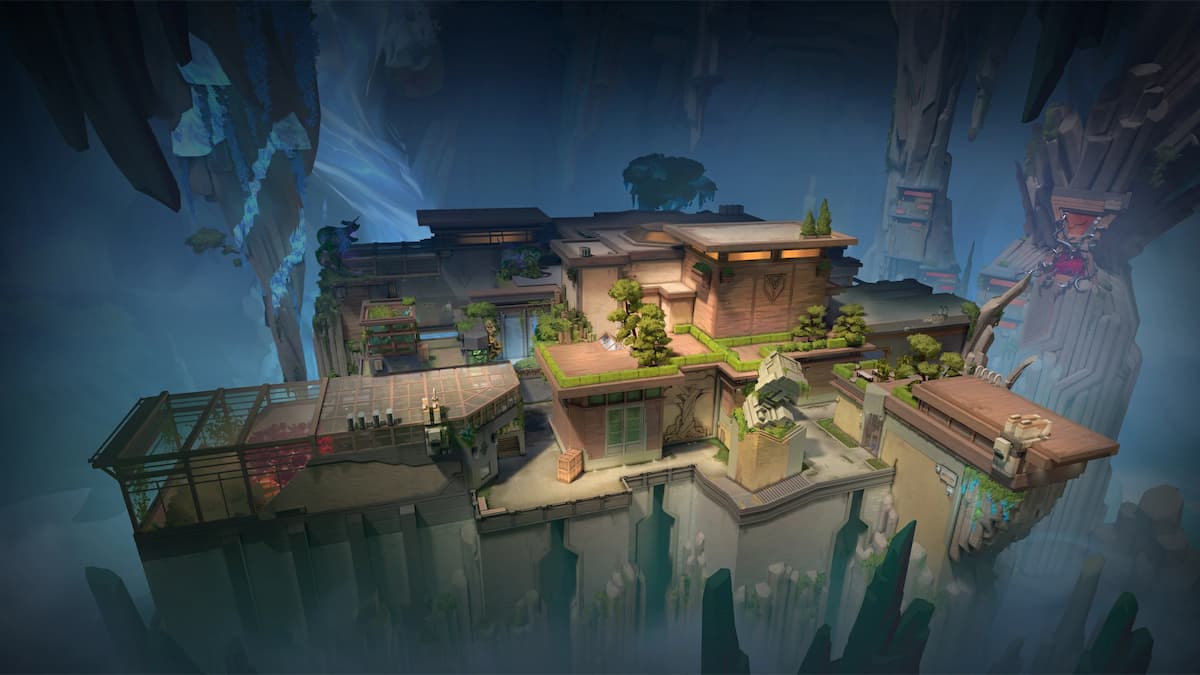

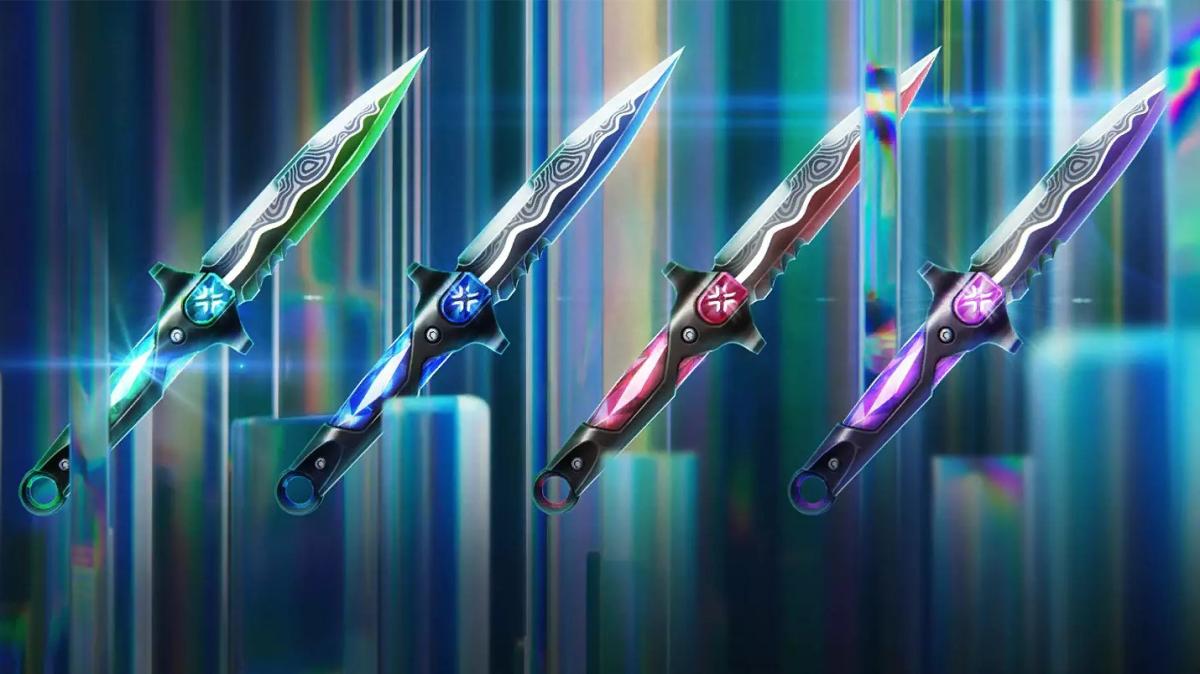
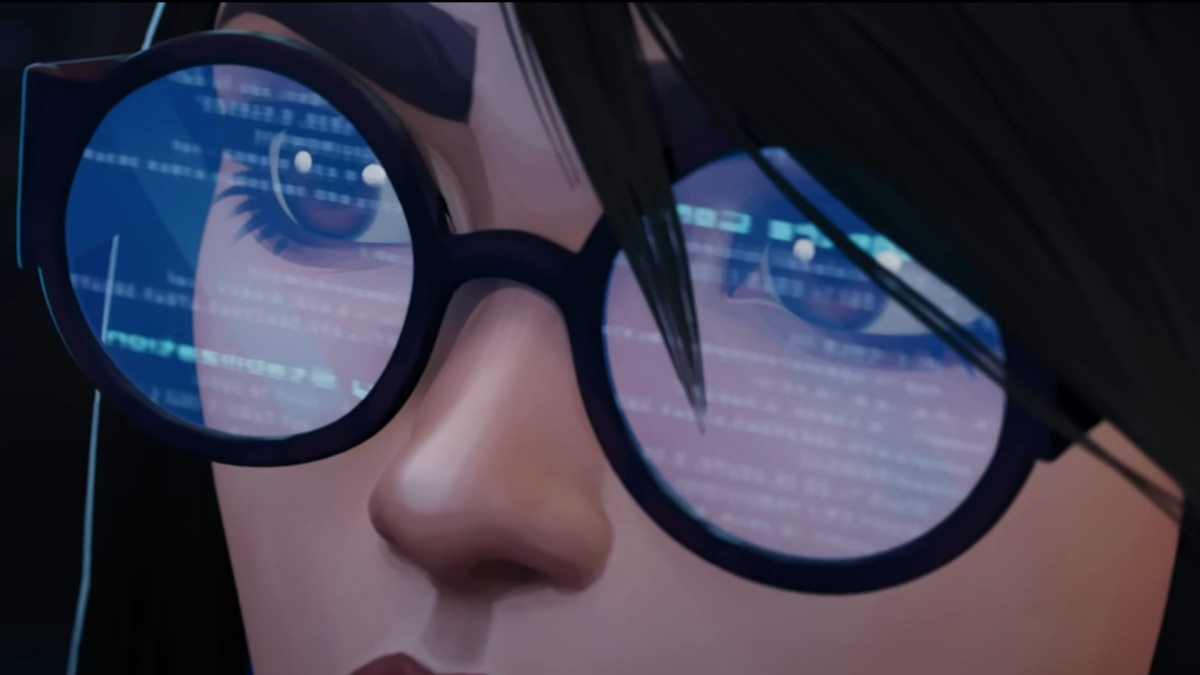
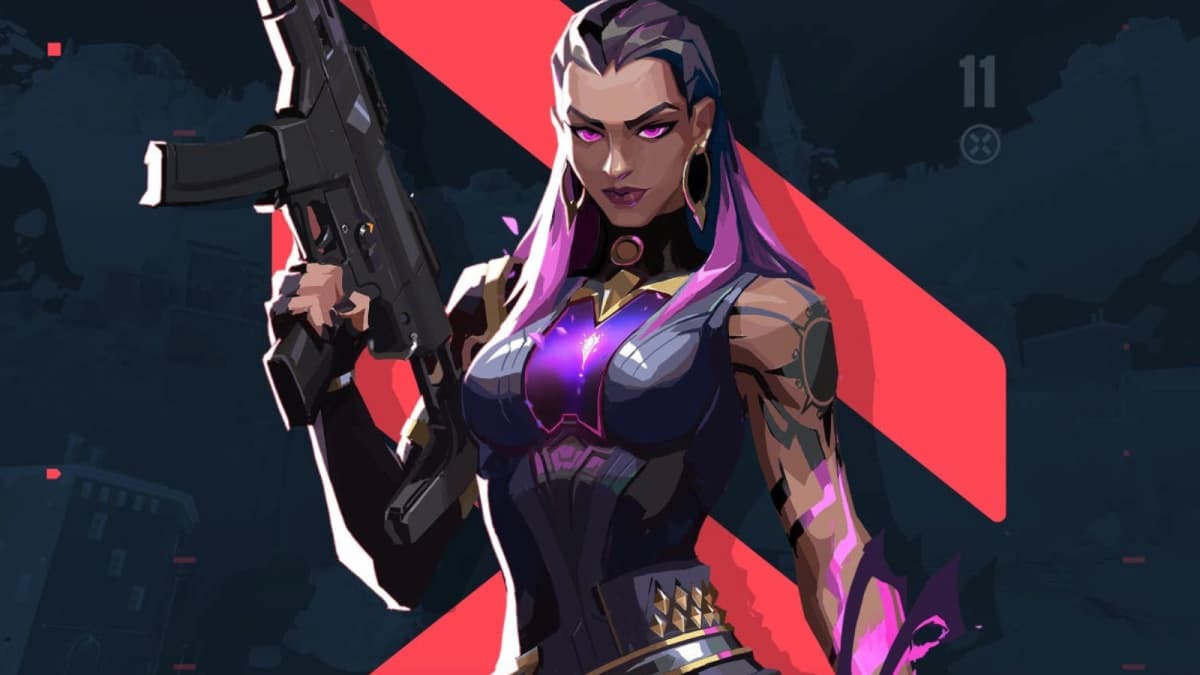
Published: Aug 30, 2023 08:53 pm